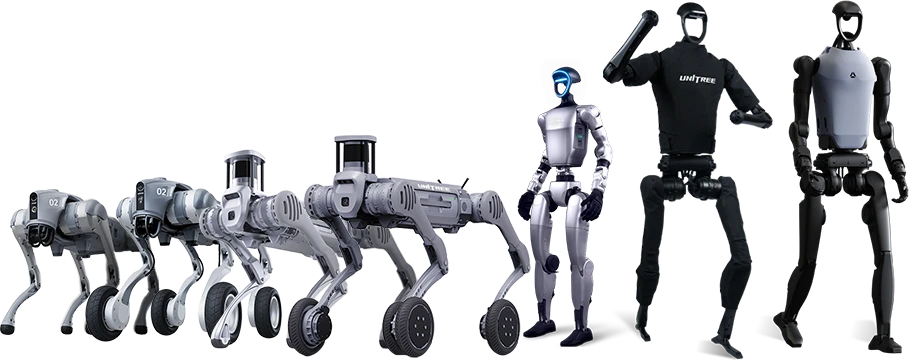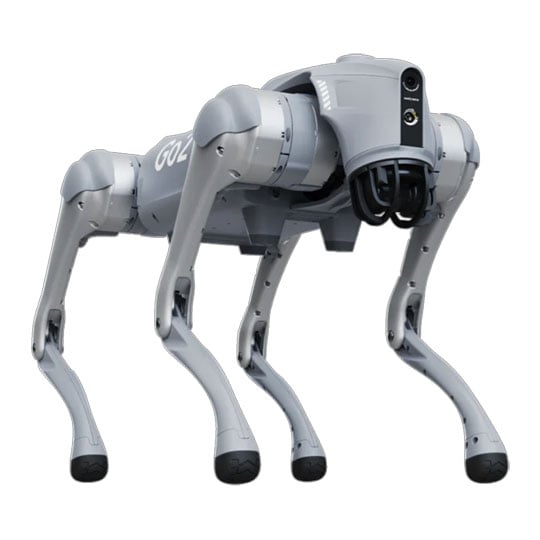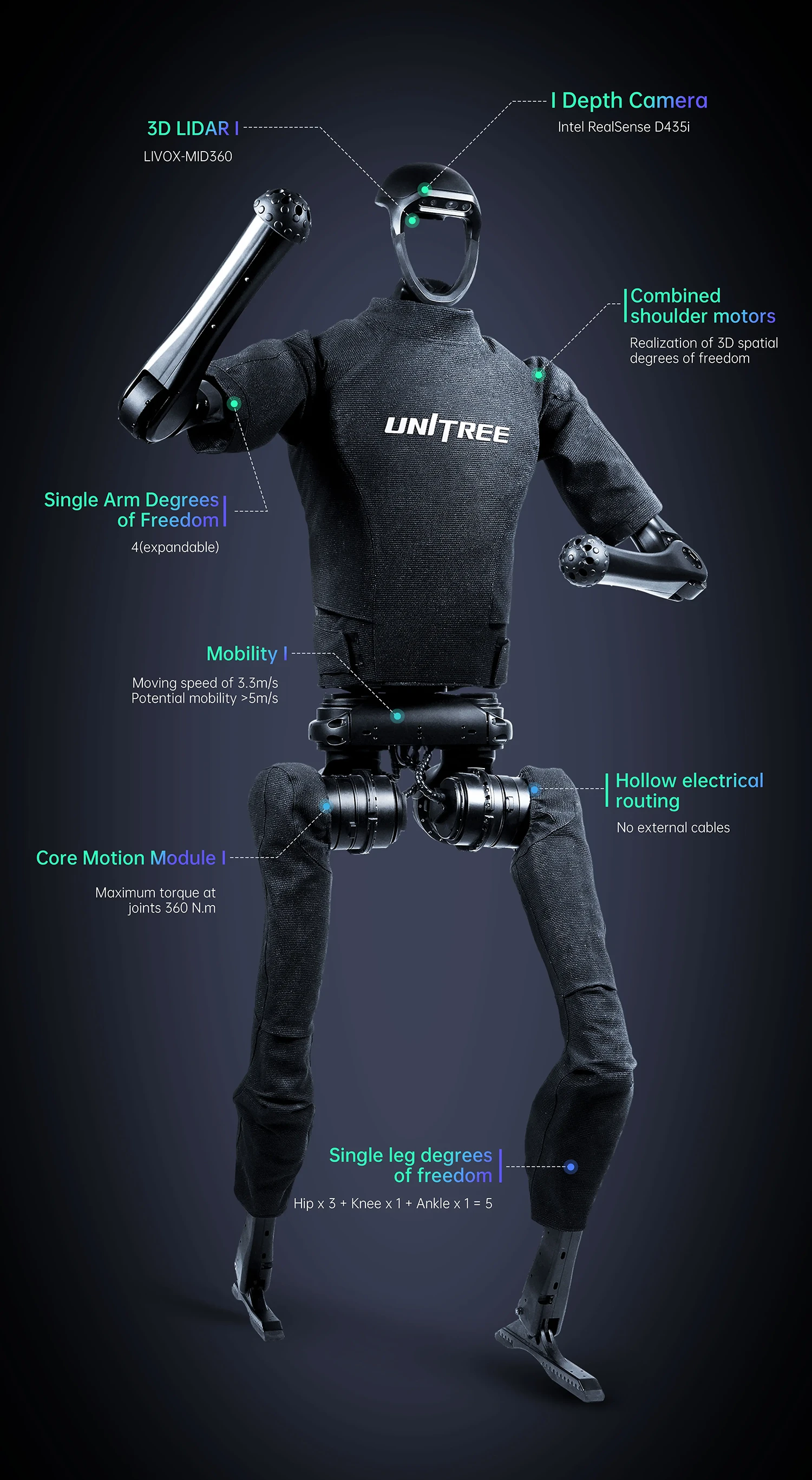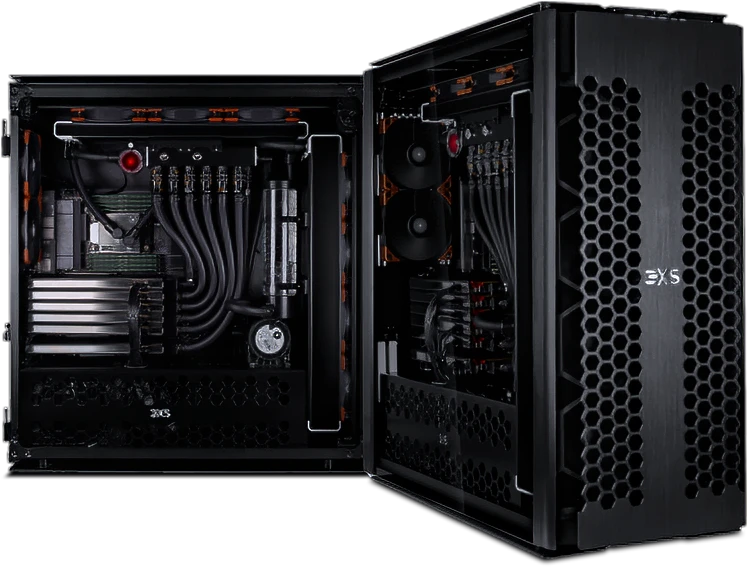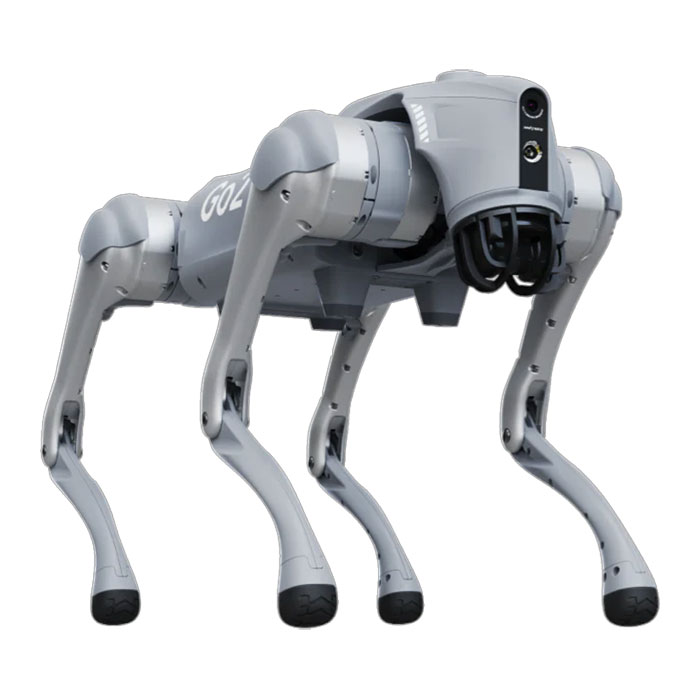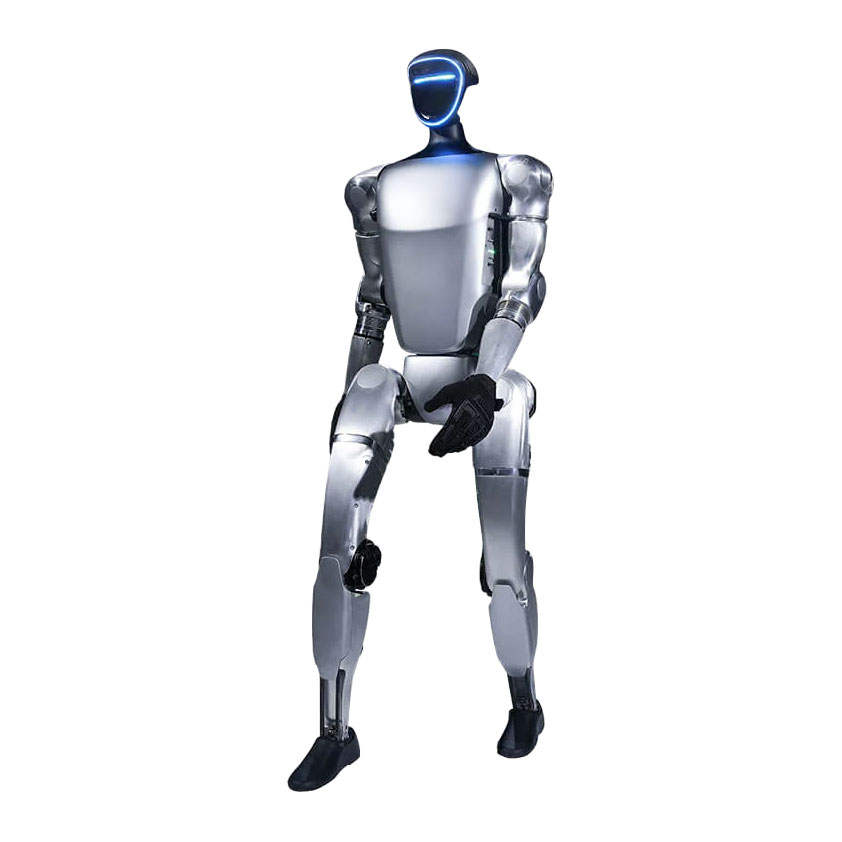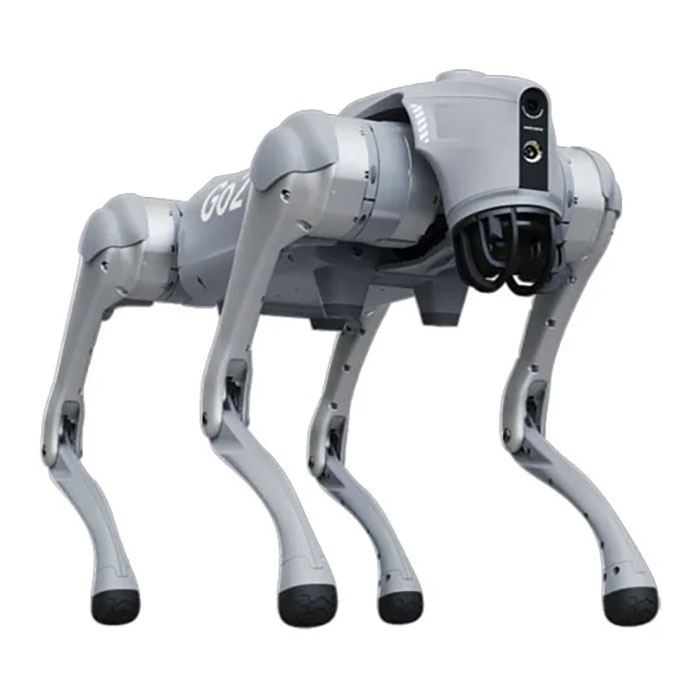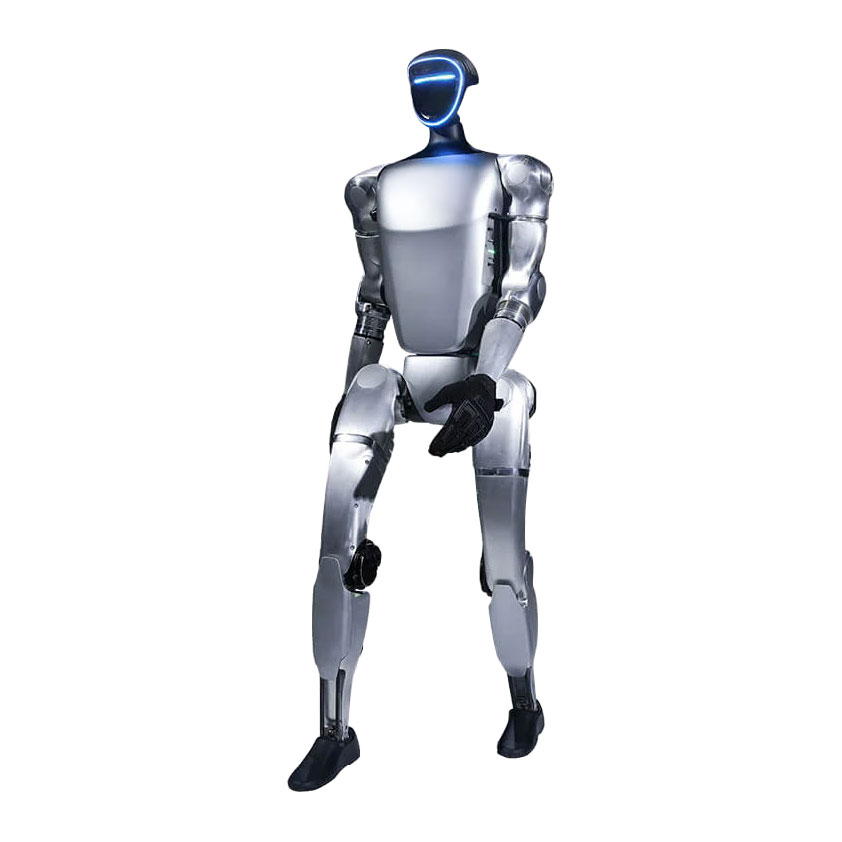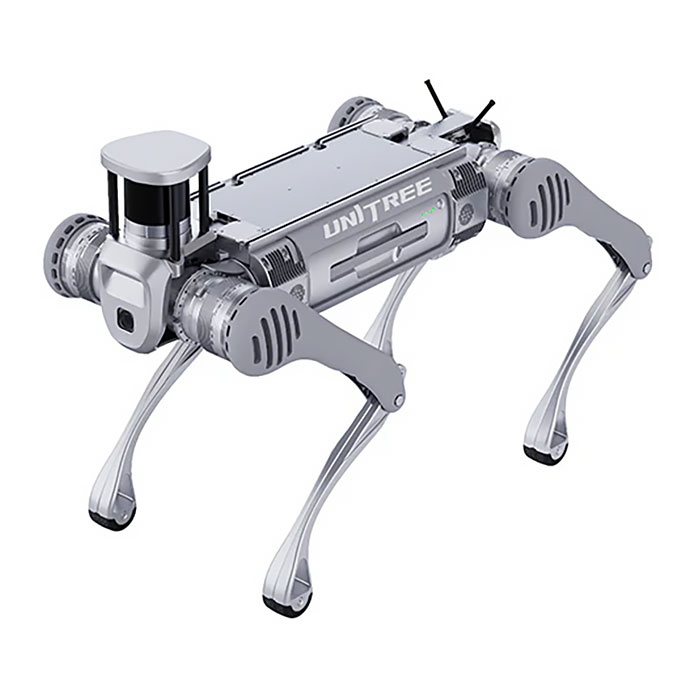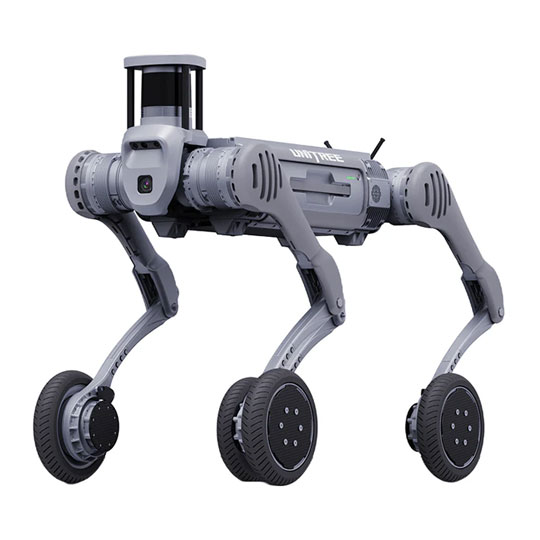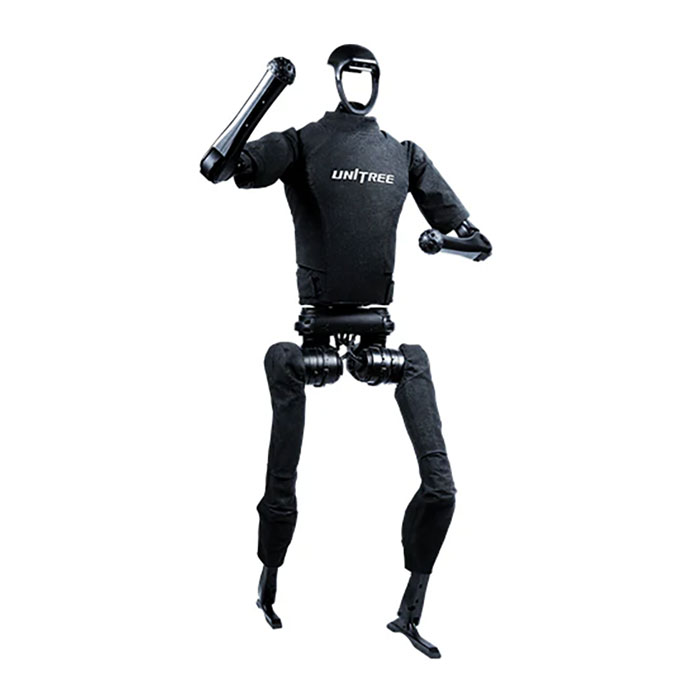Robot Buyers Guide
Selecting the right robot is crucial depending on how you intend to us it. It could be simply to perform a repetitive task, or you may want to conduct robot-human interaction research or be working on an application development project. Although at first glance there doesn’t appear to be much difference between similar looking quadruped or humanoid robots, their capability for customisation can be significant. This guide walks you through the range of robots available from Scan.
